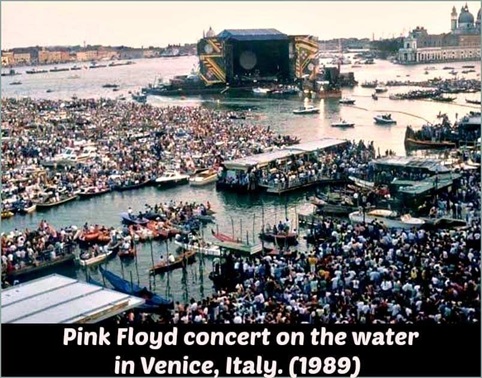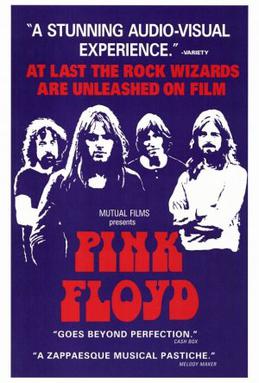I’m actually a bit embarrassed to say that Venice is my favorite city in Italy.
I mean, it’s such a cliché, isn’t it? Tourists always fall in love with Venice, even though the majority of us really don’t know much about the city beyond the canals and the gondolas. I spent a summer in Italy and Venice was definitely the city that had the most American visitors. Sadly, the majority of them didn’t do a very good job representing the U.S. in Europe. I’ll never forget the drunk frat boys who approached me one night, all wearing University of Texas t-shirts. One of them asked, “Are you from Texas?”
“No, sweetie, ah’m from up north.” I lied.
“You sound like you’re from Texas!” his friend said.
“No, ah’m not from Texas,” I said, “Sorry, y’all.”
I mean, that’s not something that would have happened in Florence or even Naples! In Rome, handsome men on motor scooters gave me flowers. In Venice, on the other hand, I had to deal with the same jerks that I dealt with back home!
That said, I still fell in love with Venice. And yes, it did happen while I was riding in a gondola. At that moment, I felt like I was living in a work of art. I can still remember looking over the side of the gondola and watching as a small crab ran across someone’s front porch. That’s when I realized that, by its very existence, Venice proved that anything was possible.
I’ve often heard that Venice is slowly sinking. That Venice has a reputation as being a dying city would probably have come to a surprise to the drunk Americans who were just looking for a girl from Texas that summer. And it would certainly come as a surprise to anyone who watched the 1989 concert film, Pink Floyd Live In Venice.
Just as with last week’s Pink Floyd concert in Pompeii, this was something that I watched more because of where it took place than who was performing. There are some very good Pink Floyd songs and there are others that are just silly and overly portentous. As well, I’ll always have mixed feelings about Pink Floyd due to the fact that — bleh! — Roger Waters was a founding member. Whenever I hear any of their songs, I automatically find myself looking for coded moments of anti-Semitism. Fortunately, by the time the band played in Venice, Waters had left the group. As a result, I didn’t feel quite as conflicted over watching the Venice concert as I did the Pompeii concert.
As for the show, the band performed while floating on a barge while some members of the audience sat in gondolas. It was a lovely sight that captured the otherworldly romance of Venice. The concert itself was a bit uneven, with the first half in particular dominated by songs that just seemed to go on and on and which often exposed the limits of lead singer David Gilmour’s vocal range. The second half was a greatest hits collection and it was a notable improvement. If Gilmour’s raspy vocals seemed limited during the first half of the concert, they were perfect for songs like Comfortably Numb and Money. The highlight of the concert and the film was undoubtedly the performance of The Great Gig In The Sky, which created a feeling of the heavens descending upon Venice.
In the end, Venice was the true star of the concert. For a dying city, it looked beautiful and vibrant. I can’t wait to return.



